Last-Minute NYC Holiday Gift Guide 🎁
We’ve created a holiday gift guide with presents for the intrepid New Yorker that should arrive just in time—


Since it first opened to traffic in 1961, the Throgs Neck Bridge has served as a vital link between the Bronx and Queens. Today, amidst all the congestion so characteristic to New York City, the span helps carry over 100,000 vehicles to and from their destinations every day. It might not be the most aesthetic bridge, like the Bronx-Whitestone, located two miles to the west, but it’s still has a place in the hearts of many New Yorkers who would otherwise be twiddling their thumbs on the Triborough or the Whitestone.
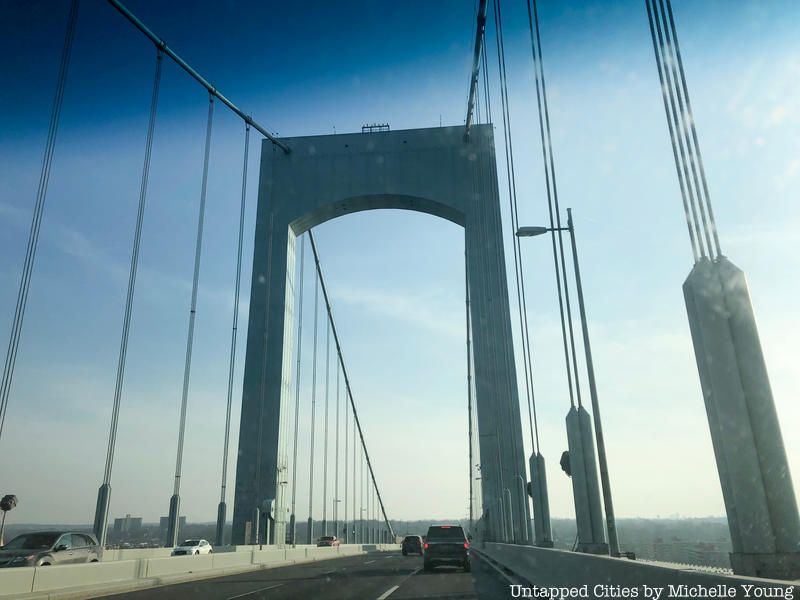
The Throgs Neck Bridge connects the Throggs Neck section of the Bronx to the Bay Terrace in Queens. The name “Throg’s Neck” or “Throggs Neck” is derived from John Throckmorton, who established his colony in the area in 1643. In referencing the land, both spellings of the name, with either one of two “G’s,” are accepted. However, the older and more established residents (pre-1960’s) generally tend to go for two “G’s.”
On the other hand, the Throgs Neck Bridge is definitely spelled with one “G” thanks to master builder, Robert Moses, who wanted to save money with sign costs. According to Bronx Historian, Lloyd Ultan, the name change meant less paint had to be used on all the signs.
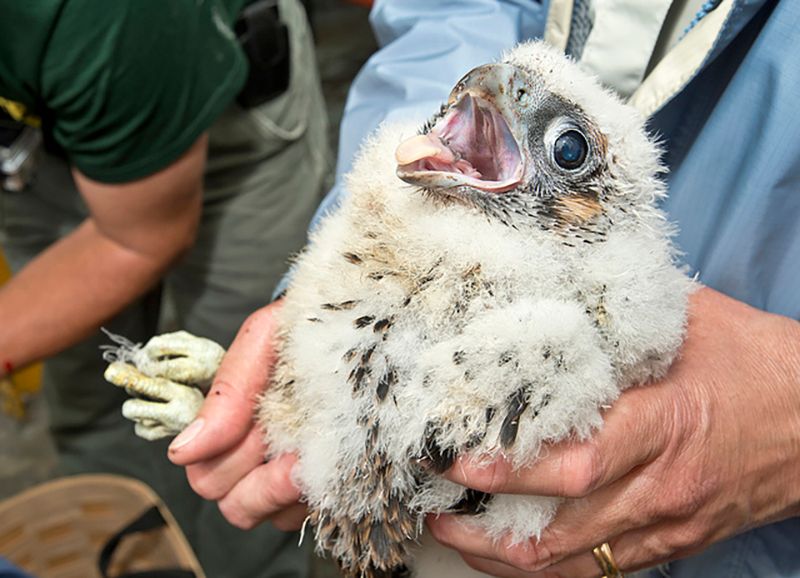
All photos from the MTA Photos Flickr, for the full album see here.
Peregrine falcons live atop several bridges in New York City, including the Brooklyn Bridge, the Verrazano Bridge and the Throgs Neck Bridge. Since 1983, MTA Bridges and Tunnels has been part of a state nesting program, which involves placing identifying bands on newborn chicks each year. The procedure was put into action after Peregrine falcons were nearly wiped out in the 1960s due to pesticides. This year, the Throgs Neck Bridge welcomed two boys and one girl chick.
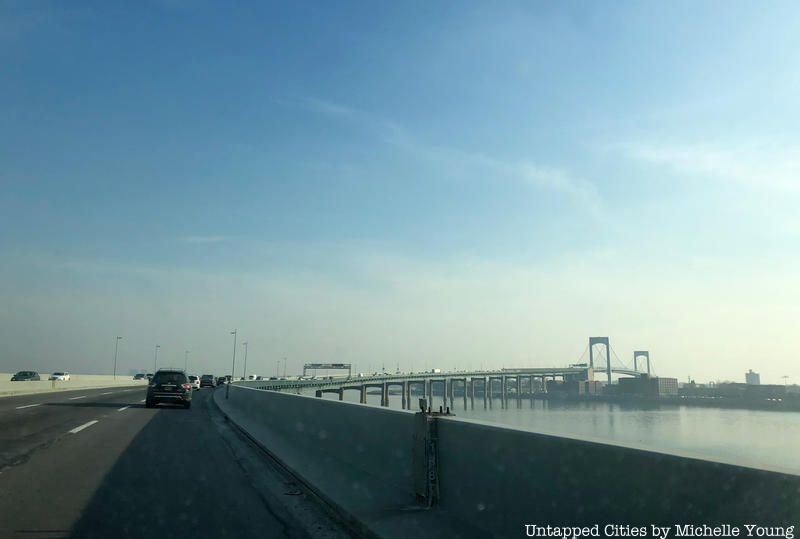
In order to clear space for the construction of the Throgs Neck Bridge, the Triborough Bridge and Tunnel Authority moved 421 homes from the right-of-way of the Clearview Expressway onto the site of the Bayside and Oakland golf courses (on the Queens side). An easement from SUNY-Maritime was also obtained in exchange for a landfill project on their property (on the Bronx side). During the building phase, material drawn up from the East River for the bridge’s footing were dumped in this new landfill.
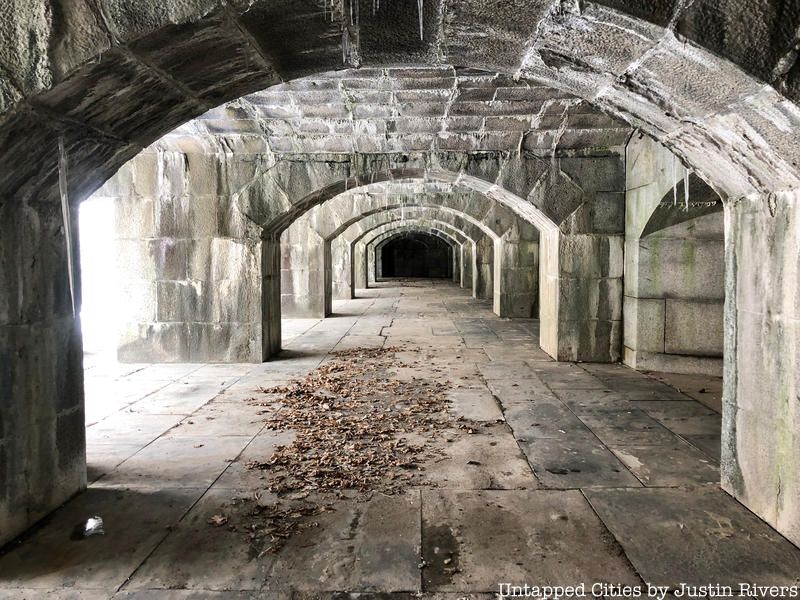
According to an urban legend, a Civil War-era escape passage is rumored to run between Fort Totten in Queens to Fort Schuyler in the Bronx, where the East River and the Long Island Sound meet. The tunnel has never been found and some historians continue to maintain that it’s a myth: the technology to construct such a tunnel, under more than 100 feet of water, did not exist at the time, they argue.
Even so, several clues seem to suggest otherwise: dead-end corridors, bricked-up chambers and a staircase at the base of the Throgs Neck Bridge pillars have all been associated with the secret tunnel. Regardless, Fort Totten itself is a wonderful place for urban exploration and is frequently featured in film locations like in Daredevil and The Blacklist.
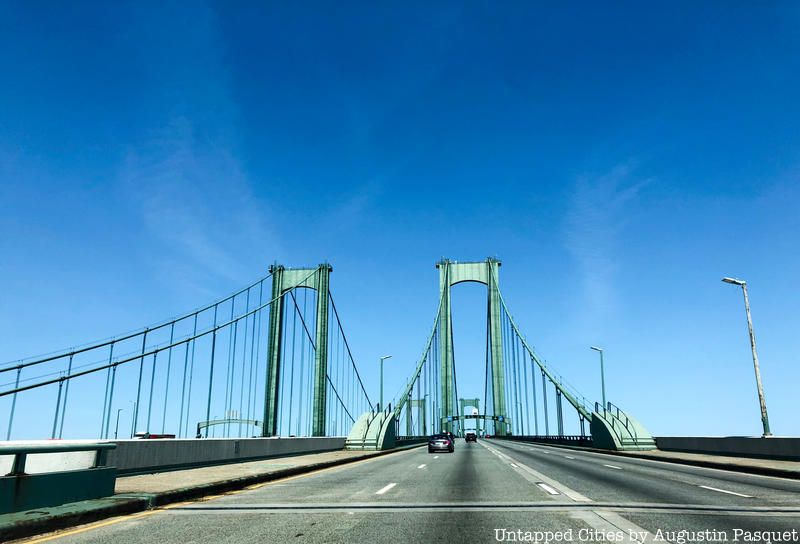
In the early 1970s, a proposal to construct a new six-lane suspension bridge (running parallel to the existing Throgs Neck Bridge) was discussed. The final design would have essentially resembled the twin-deck design of the Delaware Memorial Bridge, which connects New Jersey and Delaware. The proposal for the Throgs Neck never came to fruition due to rising concerns about the surrounding homes that would have to be demolished to follow through with the project.
 Robert Moses with a model of his proposed Battery Bridge. Photo from Wikimedia Commons
Robert Moses with a model of his proposed Battery Bridge. Photo from Wikimedia Commons
Although much contention surrounds Robert Moses and his public works, the day the Throgs Neck Bridge opened to traffic on January 11, 1961, the following quote ran in a Newsday editorial:
“…[Throgs Neck Bridge] will be a blessing to Long Island and a vast relief to the whole metropolitan area. But Moses isn’t content to pass one miracle. From the bridge dedication, the distinguished guests proceeded to Flushing Meadow Park to open the headquarters for the 1964 World’s Fair, another Moses enterprise. The man is phenomenal. Long Island, where he started in the parkway business, is mighty proud to claim him, a resident and doer of good works.”
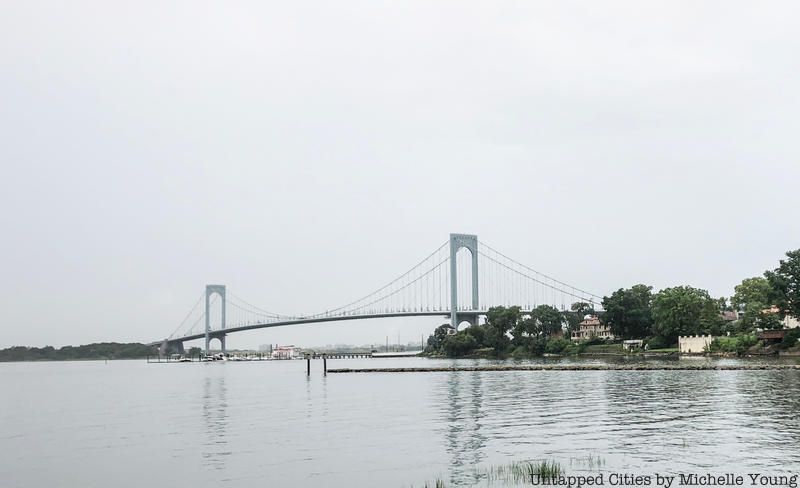
The Whitestone Bridge
Built to help ease congestion between Bronx and Queens, the Throgs Neck Bridge was anticipated to deter 16 million vehicles away from the Bronx-Whitestone Bridge; it carried approximately 63,000 vehicles per day during its first year of operation.
Instead of helping to ease congestion, however, the bridge ultimately had the reverse effect, bringing traffic from the Bronx and points north to Queens and Long Island. Today, the number of vehicles on each bridge exceeds traffic levels carried by just the Whitestone Bridge when it stood alone.
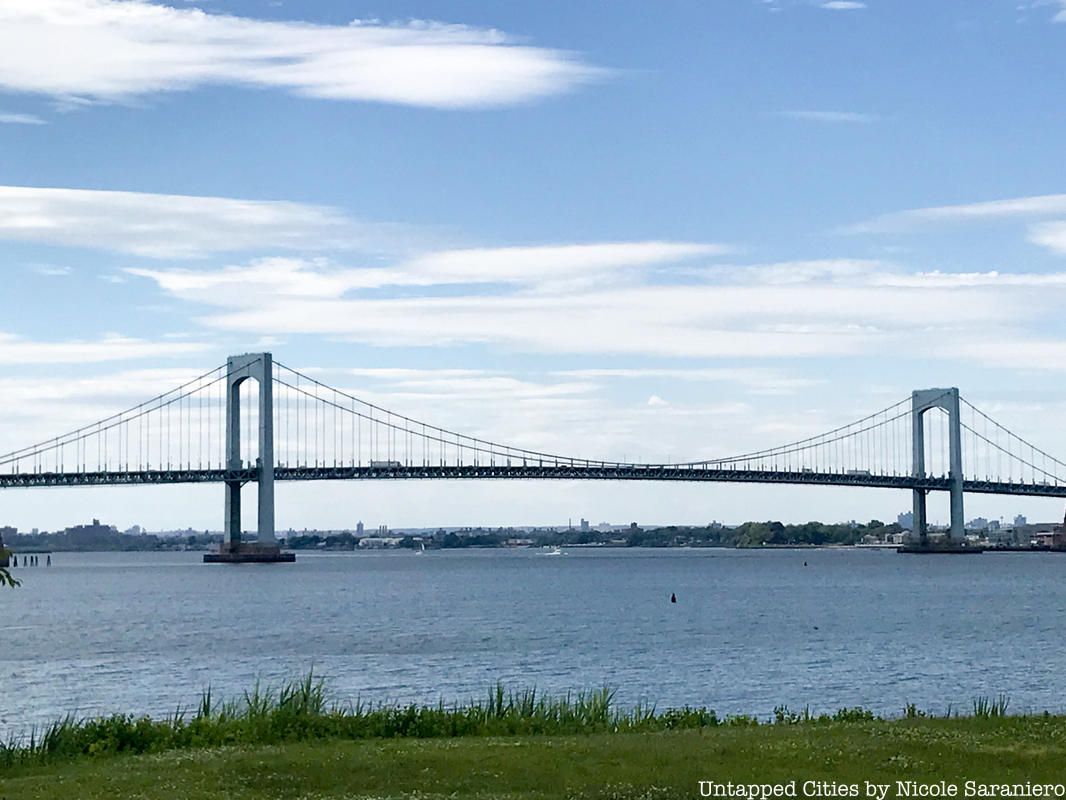
As with any major city development, the renovation of the Throgs Neck Bridge was surrounded in controversy. In the mid-1980s, a series of “Buy American” protests from union workers arose when the Metropolitan Transportation Authority (MTA) debated using South Korean steel to reconstruct the roadway. In light of the objection, the MTA purchased steel from domestic mills, adding an additional $3 million to the overall cost of project ($33 million).
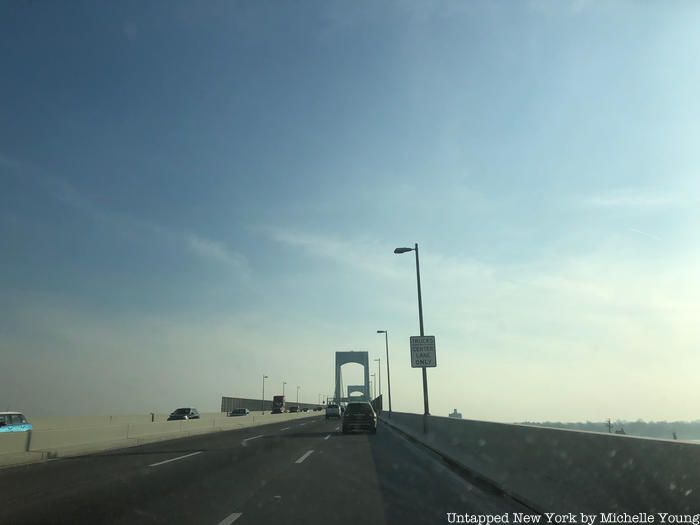
In 2005, the MTA partially banned heavy trucks (over 40 tons) from crossing the Bridge after a series of cracks along the steel floor beams were discovered. Although the ban had already been in place for years, it was never strictly enforced until the cracks began to appear at an alarming rate.
As part of the new restriction, heavy-load trucks were only allowed to use the bridge from 11 p.m. to 5 a.m. alongside an escort to assure the vehicle would move slowly across the span. Otherwise, trucks had to either divide their loads or resort to the longer route: the Van Wyck Expressway and the Bronx-Whitestone Bridge.
The ban was later lifted in 2009, after the roadway was repaired in the aftermath of a fire that took place on July 10th of that year.
Next, check out The Top 10 Secrets of the Whitestone Bridge in NYC Between Queens and the Bronx.
Subscribe to our newsletter